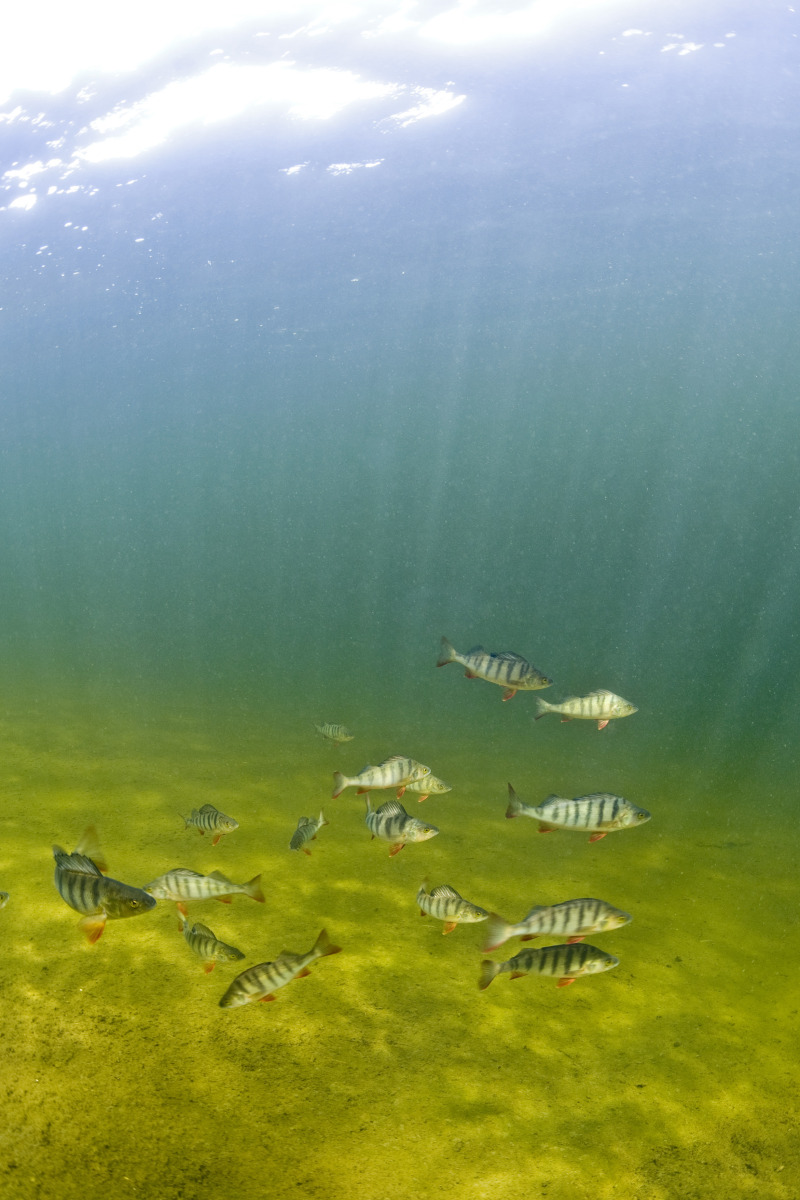Psychoactive drugs, such as the anti-anxiety drug Oxazepam, can get into rivers in biologically relevant concentrations and may be altering the way that fish behave, according to research published in the journal Science this week.
Many pharmaceuticals are known to make their way into wild waterways. Once excreted by medicated humans, they travel through water treatment plants and can remain stable in effluent for some time. Little is known about the effect of this pharmaceutical pollution. Any directly toxic affects should be easy to identify, but when these chemicals are designed to effect a behavioural change, such as anti depressants or mood altering drugs, the impact may be more subtle.
 Dr Thomas Brodin and colleagues at Umeå University, Sweden, noted that the concentration of a certain anti-anxiety drug, oxazepam, in river water was around 0.58 µg per litre, but was actually concentrated up to six times higher in the muscle of the European perch that lived there. Could this, they asked, alter the behaviour of the fish?
Dr Thomas Brodin and colleagues at Umeå University, Sweden, noted that the concentration of a certain anti-anxiety drug, oxazepam, in river water was around 0.58 µg per litre, but was actually concentrated up to six times higher in the muscle of the European perch that lived there. Could this, they asked, alter the behaviour of the fish?
To find out, they looked at three behavioural traits: boldness, activity, and sociality in both treated and untreated fish. These traits are known to have an impact on population dynamics, and are relevant for both the ecology and evolution of the fish.
Fish exposed to Oxazepam were more active, more likely to explore new areas and less sociable, and the extent mapped onto the dosage - the higher the concentration of drug in the water, the more significant these behavioural changes became.
What's more, as a result of these changes, the "behaviourally modified" fish ate more food, and would deplete a food resource more quickly. This suggests that the presence of anti-anxiety medications in rivers may be altering food web structures, and ecologically changing waterways in hard-to-predict ways.
Beyond the ecological concerns, could fish be concentrating medications that are then returned to the human food chain? Probably not, as co-author Jonatan Klaminder explained:
...and, as the half-life of oxazepam in humans is around 12-14 hours, that's a lot of fish to pack into one meal!










Comments
Add a comment